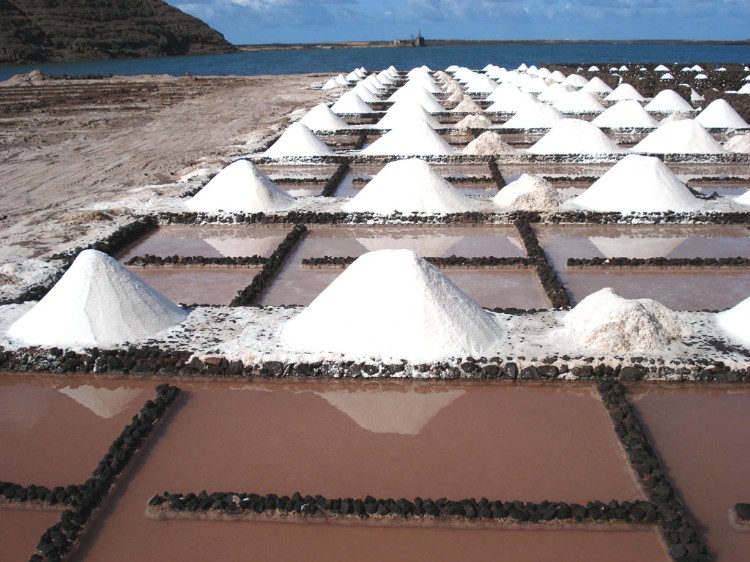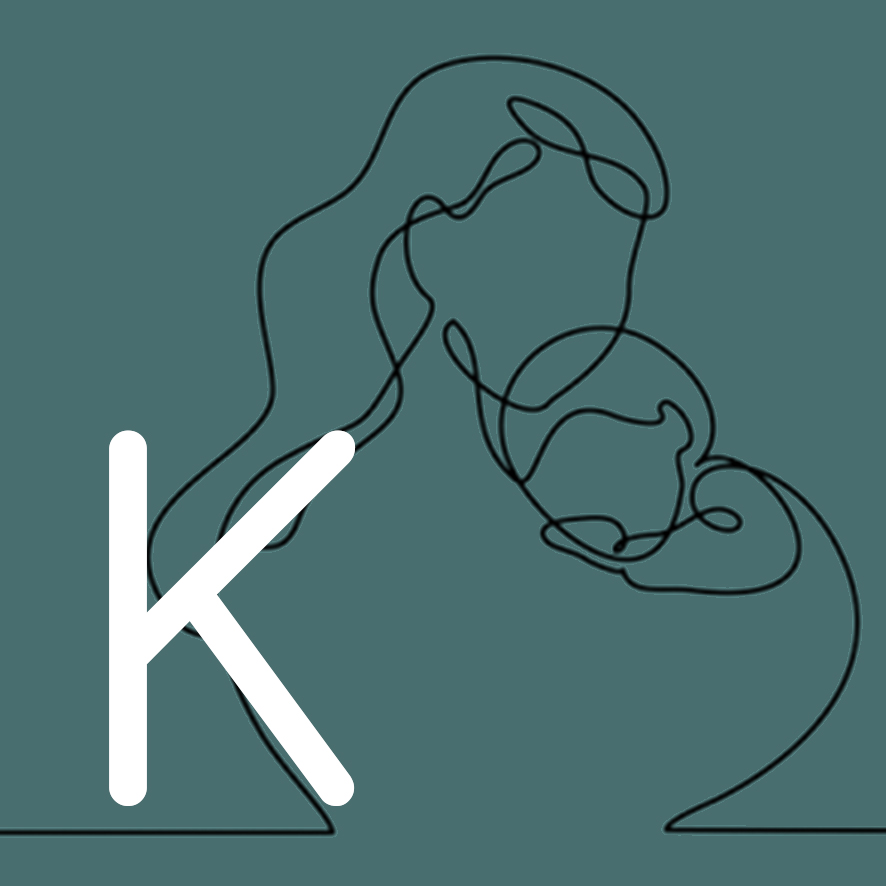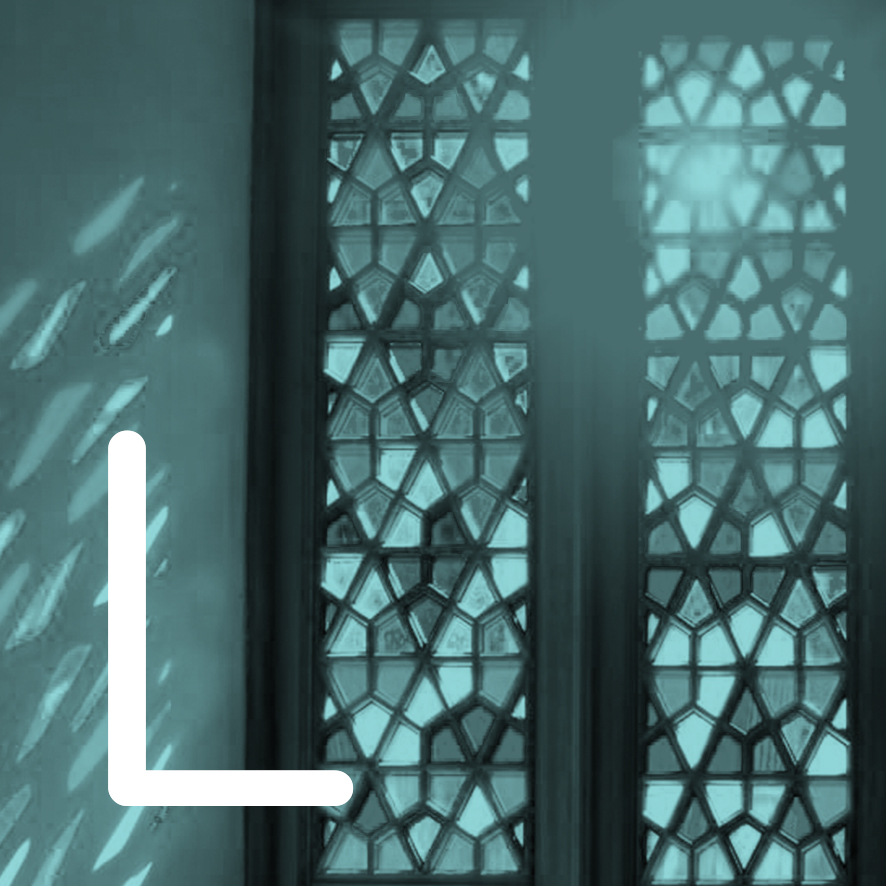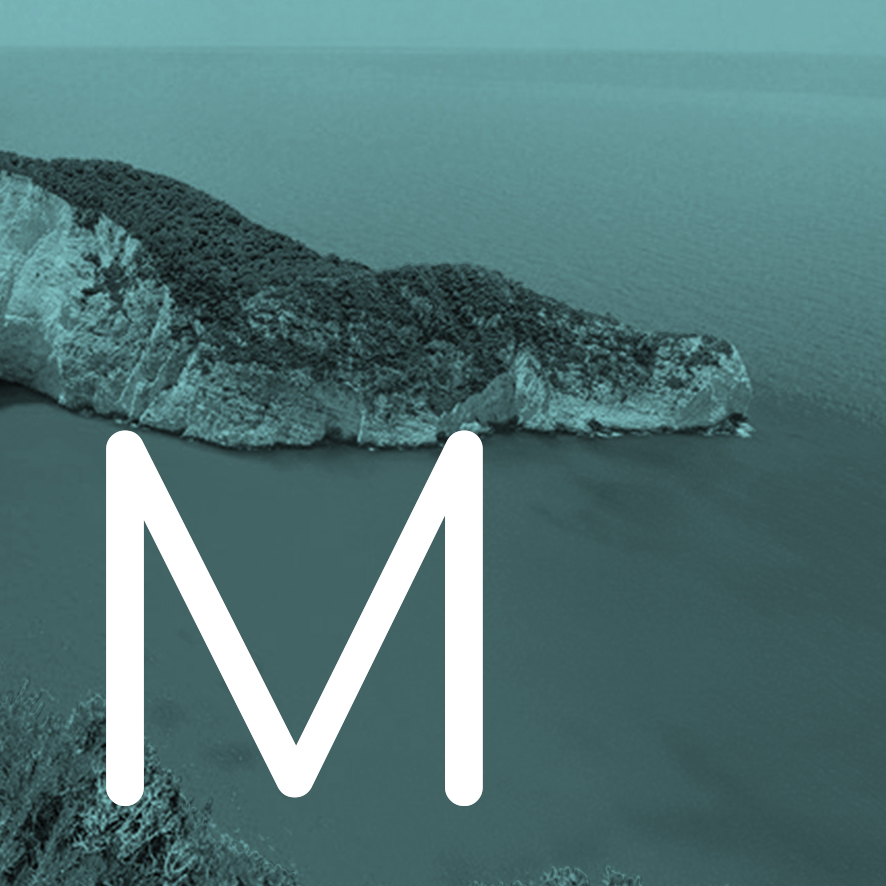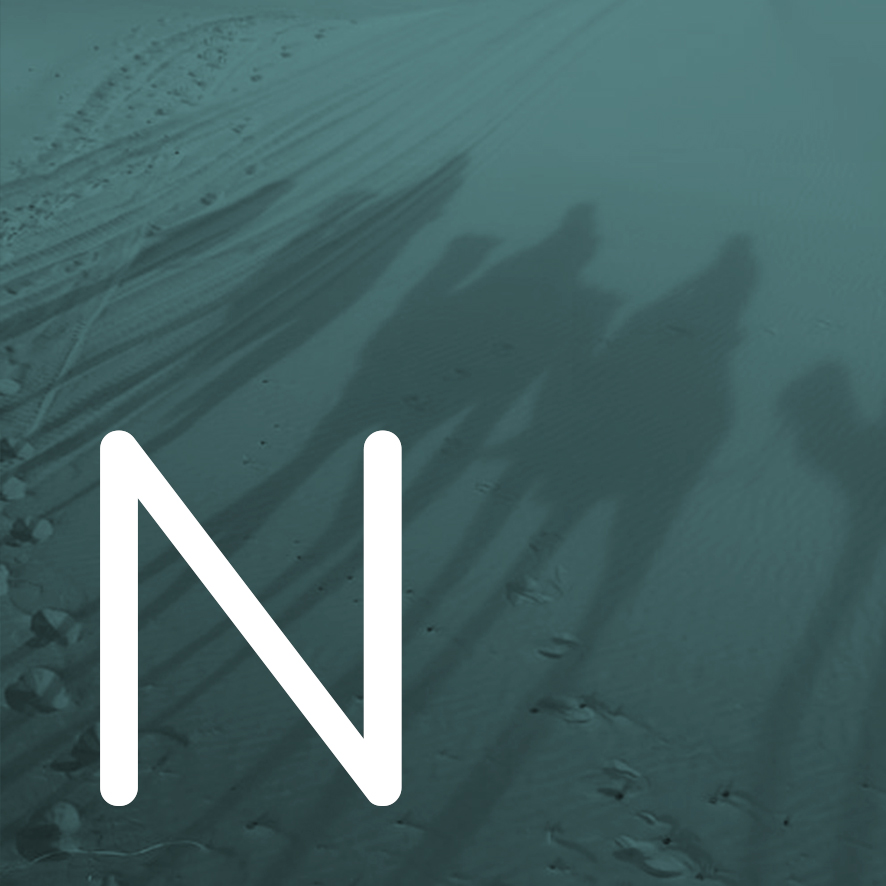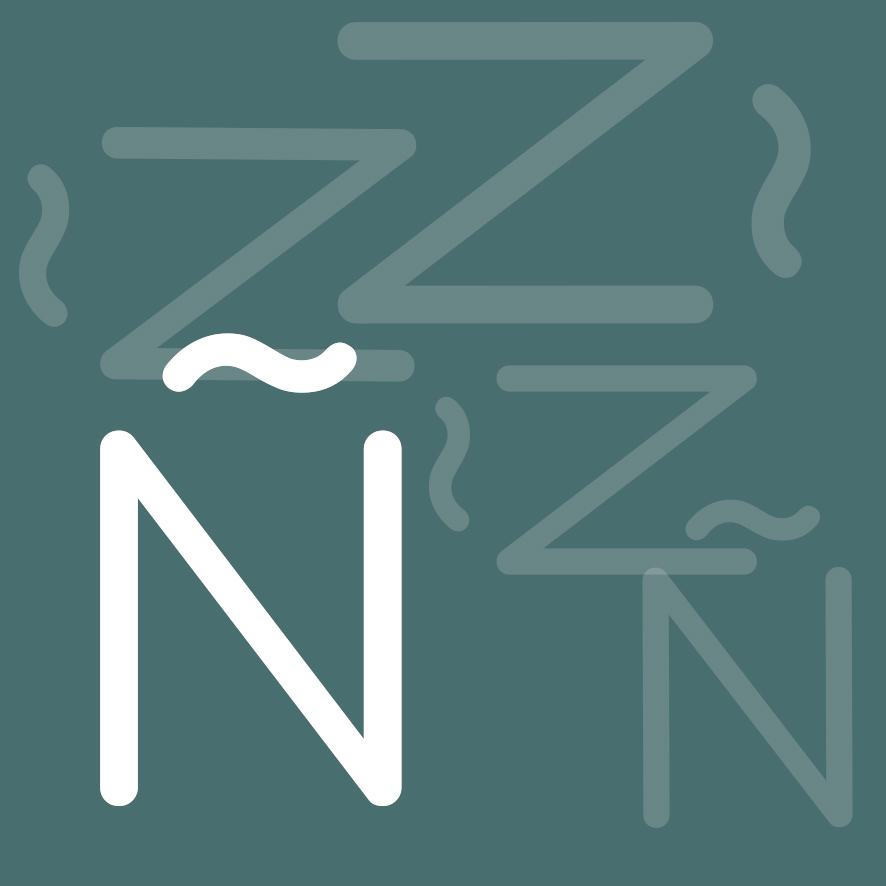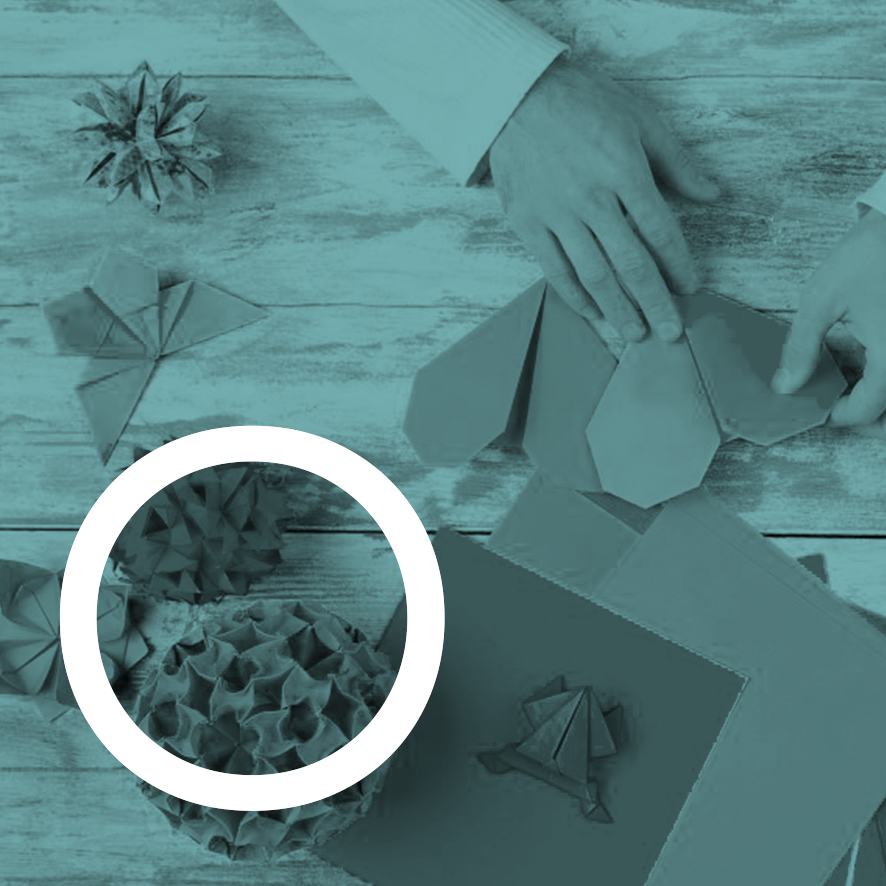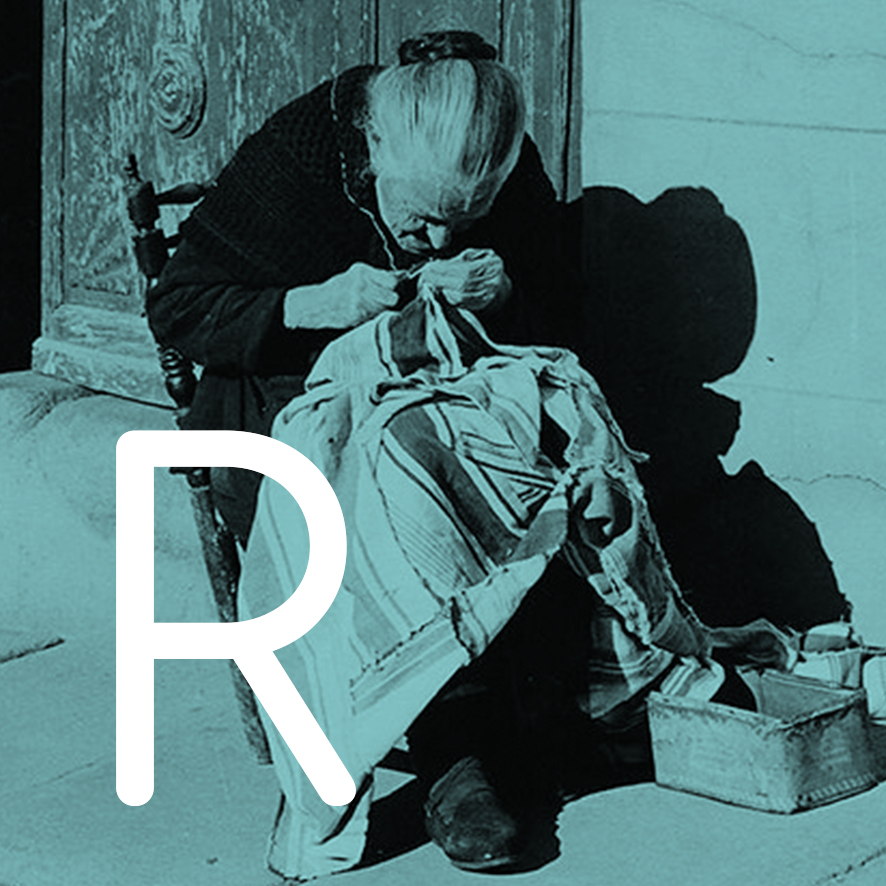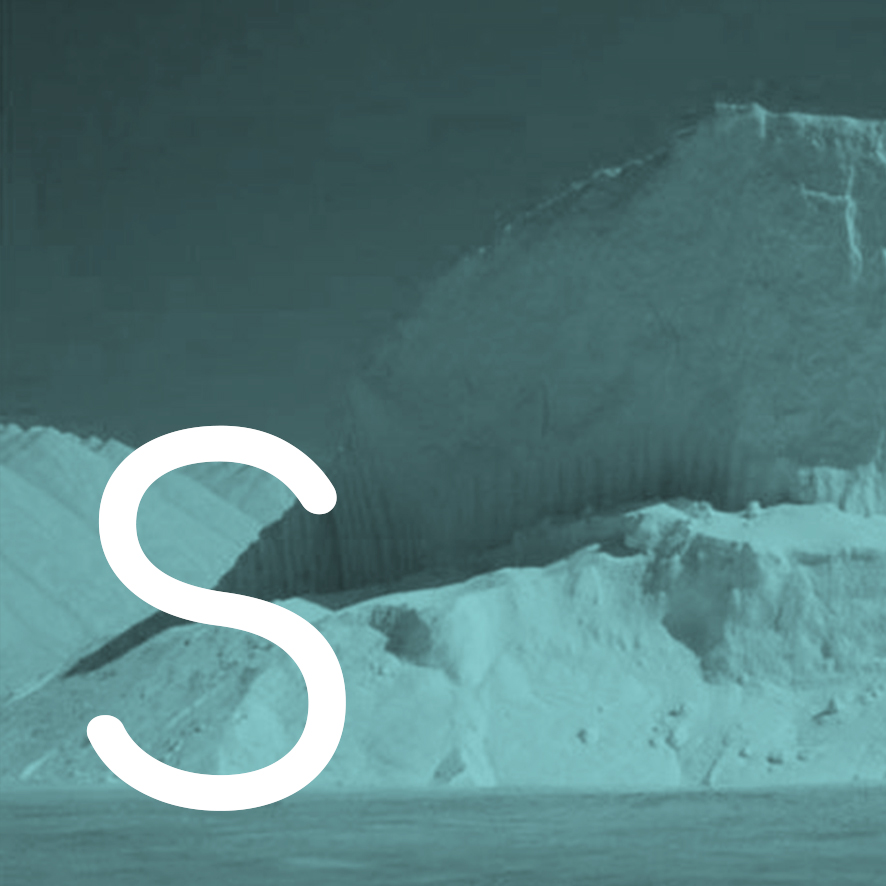Kangaroo Mother Care Means skin to skin contact between mother and her newborn baby, this contact has remarkable effects. Breastfeeding is essential for the baby, from the first hour of life and onwardas. The key message is: never separate mother and her newborn. The benefits are enven more crucial for a premature baby.
Dr. Nils Bergman was the Doctor who introduced Kangaroo Mother Care to South Africa. He has recently published the results of a strict scientific trial comparing skin to skin inmediately after birth to incubator care. What he found was that skin to skin care was much better for the newborn than the incubator. Babies were warmer and calmer, breathed better and had a more stable heart rate with skin to skin care. Surprisingly, the smaller the baby was the more stable they were, and the more unstable in tye incubator!
In fact there is other research suggesting that the incubator is harmful! Babies brain develpment requires skin to skin contact and being held an carried, and eye to eye contact to form the right brain pathways. Depriving babies of this skin to skin care makes alternative stress pathways wich can lead to ADD, colic, sleep disorders etc.
The benefits for all babies on KMC are that they stabilize faster on skin to skin care than in the incubator (they do not stabilize in the incubator in the first six hours of life) Then KMC babies have stable oxygen rates and breathing. The heart rate is stable. The temperature is most stable on the mother (in skin to skin care the mothers chest automatically warms to warm a cold baby, and the mothers core temperature can drop if her baby has a temperature.) Another of the essential factors of KMC is breastfeeding: breastmilk production is stimulated by skin to skin care so baby gets all the benefits of breastmilk including the correct milk for humans.
The babies can breastfeed more often in KMC. This is necessary for growth as the baby’s stomach capacity at birth is only 5ml. After one week it is 30ml which only lasts for 90 minutes. Babies need to be feeding every one and a half to two hours.
The baby smells the breastmilk directly so the rooting instinct clicks in quickly and there are less subsequent problems with breastfeeding.
On the mothers chest the baby also gets gestation- specific breastmilk, if the baby is a premature, the milk content is different. Breasts can even produce different milk specific to the needs of each twin. The breastmilk contains all of the nucleotides necessary for brain growth. The mother’s colostrum carries the antibodies needed to protect the newborn with immunity.
In terms of protection, the baby will get antibodies and about a thousand other protective factors from the mother’s milk. There are less long term health problems for babies that have breastfed and had skin to skin contact. In skin to skin care the baby is in a relaxed mode so all of the hormones prepare the gut to absorb food maximally. The babies on KMC can grow at 30g per day which is three times that of an incubator baby. This will mean less time in hospital.
A major difference in skin to skin care is that babies cry less so they have less stress hormones like somatostatin circulating, so there are less brain bleeds which are very common in premature infants.
In Kangaroo Mother Care the development of the baby is the best. The baby is in the right place and therefore has the right behaviour. The baby is secure in skin to skin and the mother and infant bond is established early. This will mean that the baby will receive better long term emotional stability. The primary bond of mother and child is the base on which all subsequent relationships are built.
Developmental pathways of the brain grow in appropriate ways not in ways determined by stress.
ALL OF THESE ABOVE FACTORS ARE EVEN MORE IMPORTANT IF THE BABY IS BORN PREMATURE. Kangaroo Mother Care has many benefits for the mother.
Skin to skin care at birth helps the mother to bond with her baby immediately and the skin to skin contact releases oxytocin making the mother calmer and helping the production of breastmilk to start. Breastfeeding releases hormones which help to contract the uterus resulting in less blood loss at delivery. The mothers are empowered when they do skin to skin care. The Mum becomes central to the caring team. The skin to skin contact helps the mum and baby to settle in to a rhythm of sleeping and waking together called “sleep synchrony” so the mother gets more sleep.
For premature deliveries mothers often have a sense of guilt and anxiety and are prone to post-natal depression. Holding her baby on her chest in Kangaroo Mother Care helps her to feel that she is completing her baby’s gestation and that she is giving her child the best possible care.
Carrying babies in KangaCarriers means that the mother is able to be mobile sooner and can leave the hospital earlier and return to normal daily life sooner.
Luz
‘Las vidrieras orientadas al sol son de colores vivos, rojos, amarillos y verdes, para aprovechar la fuerza de la luz del Mediterráneo; las que no lo están son blancas o azules. Y cada hora, a medida que el sol recorre el cielo, […] va cambiando de color y las piedras reflejan unas u otras tonalidades.
[…] aunque la piedra está muerta, el sol está vivo y cada día es diferente; nunca se verán los mismos reflejos.’
La catedral del mar, Ildefonso Falcones
Mediterráneo
Quizá porque mi niñez
sigue jugando en tu playa,
y escondido tras las cañas
duerme mi primer amor,
llevo tu luz y tu olor
por donde quiera que vaya,
y amontonado en tu arena,
guardo amor juegos y penas.
Yo, que en la piel tengo el sabor
amargo del llanto eterno,
que han vertido en ti cien pueblos
de Algeciras a Estambul,
para que pintes de azul,
tus largas noches de invierno.
A fuerza de desventuras,
tu alma es profunda y oscura.
A tus atardeceres rojos
se acostumbraron mis ojos
como el recodo a camino
Soy cantor, soy embustero
me gusta el juego y el vino
tengo alma de marinero.
¿Qué le voy a hacer, si yo
nací en el Mediterráneo?
Y te acercas, y te vas
despues de besar mi aldea.
Jugando con la marea
te vas, pensando en volver.
Eres como una mujer
perfumadita de brea
que se añora y que se quiere
que se conoce y se teme.
Ay…
Si un dia para mi mal
viene a buscarme la Parca
empujad al mar mi barca
con un levante otoñal
y dejad que el temporal
desguace sus alas blancas.
Y a mi, enterradme sin duelo
en la ladera de un monte
más alto que el horizonte,
quiero tener buena vista.
Mi cuerpo será camino,
le daré verde a los pinos
y amarillo a la genista.
Cerca del mar . Porque yo
nací en el Mediterráneo.
Nómadas
Todos los pueblos prehistóricos fueron nómadas antes de desarrollarse la agricultura y la ganadería, y muchos lo continuaron siendo aún después. Cazadores y recolectores que viajaban constantemente tras los animales de los cuales se alimentaban, guiados principalmente por su intuición. Si partimos del hecho que la Prehistoria es el tiempo más largo de la humanidad, se puede decir que el ser humano ha vivido más tiempo como nómada que como sedentario. Si bien numerosos pueblos de la tierra se asentaron después del desarrollo de la agricultura desde que el clima se volvió más estable a principios del Holoceno (hace aproximadamente 10 mil años), ello no significó la extinción del nomadismo y en la actualidad este existe en los cinco continentes como recuerdo de los orígenes más primigenios de la humanidad.
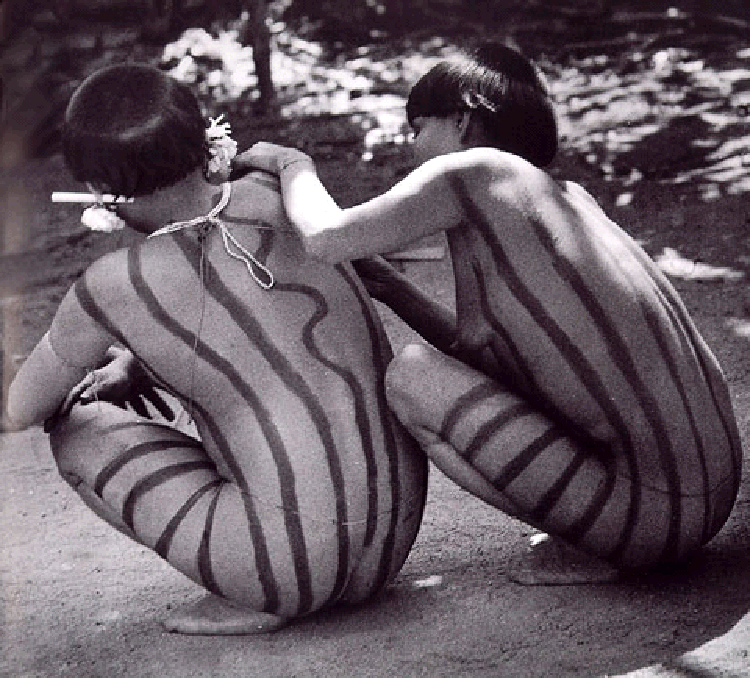
Ñ
Su nombre es eñe, representa un fonema consonántico de articulación nasal y palatal con el que se dicen las cañas y con maña los cañizos.
Origami
Aunque en esencia puede parecer y de hecho es una técnica sencilla, el grado de complejidad que ha alcanzado en el transcurso del tiempo, hace que algunas de sus creaciones requieran días de trabajo.
Esta técnica tiene sus inicios durante el siglo I en China, es a este pueblo a quienes se les atribuye las formas más simples del doblado del papel, estos fueron de tipo ceremonial y religioso. Posteriormente fue llevado al Japón por monjes budistas en el siglo VI, desde donde los árabes mediante su invasión al pueblo nipón conocen de está técnica y es llevada a España en el siglo XIII.
El papel empleado también se fue transformando. En sus orígenes, se fabricaba con el delicado Washi, luego se incorporaron los papeles de colores y más tarde se impuso la forma cuadrada como base para realizar las figuras.
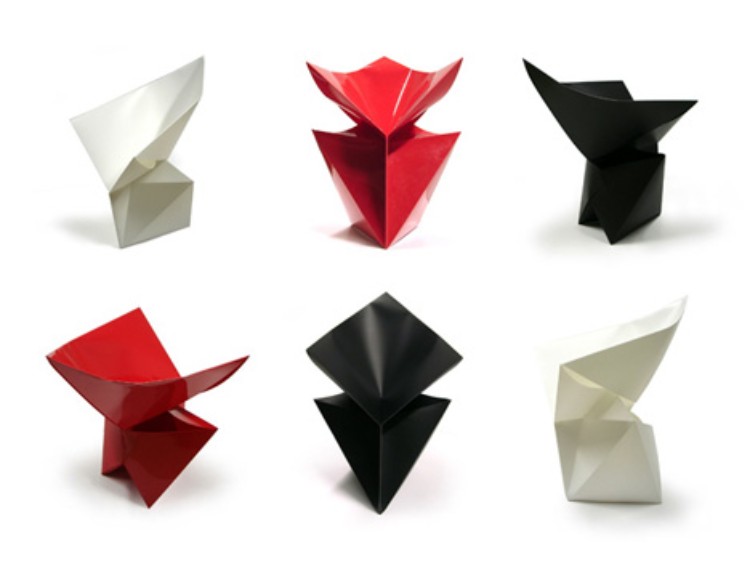
Penumbra
(Del lat. paene, casi, y umbra, sombra)
1. f. Sombra débil entre la luz y la oscuridad, que no deja percibir dónde empieza la una o acaba la otra.
2. f. Astr. En los eclipses, sombra parcial que hay entro los espacios enteramente oscuros y los enteramente iluminados.

Quietud
¿Está quieto ese arroyo? ¿Están quietos los árboles?
Recachita
…mesa camilla de nuestros pueblos, lugar donde conversar tertulias de lo banal, tapia blanca y caliente, caliente y blanca, heliocentro, calmachicha urbana… pronto llegará el sereno, vámonos, que mañana será otro día.
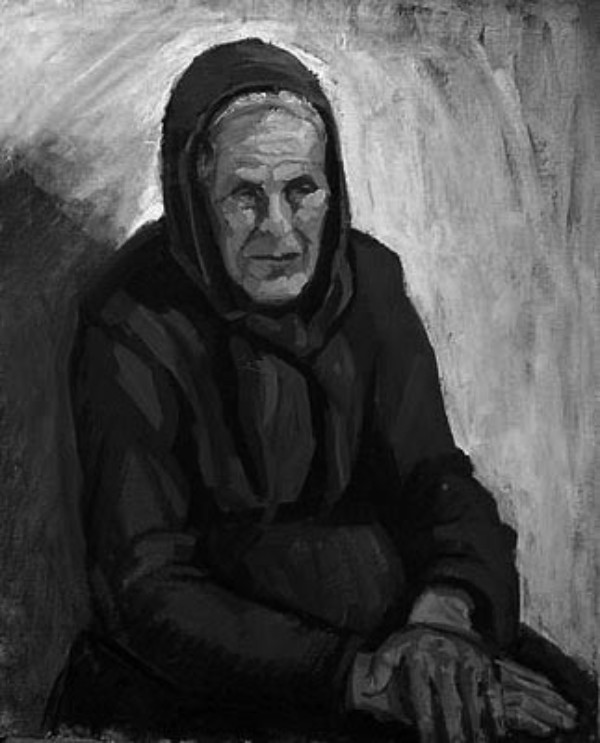
Sal
…o entra.
